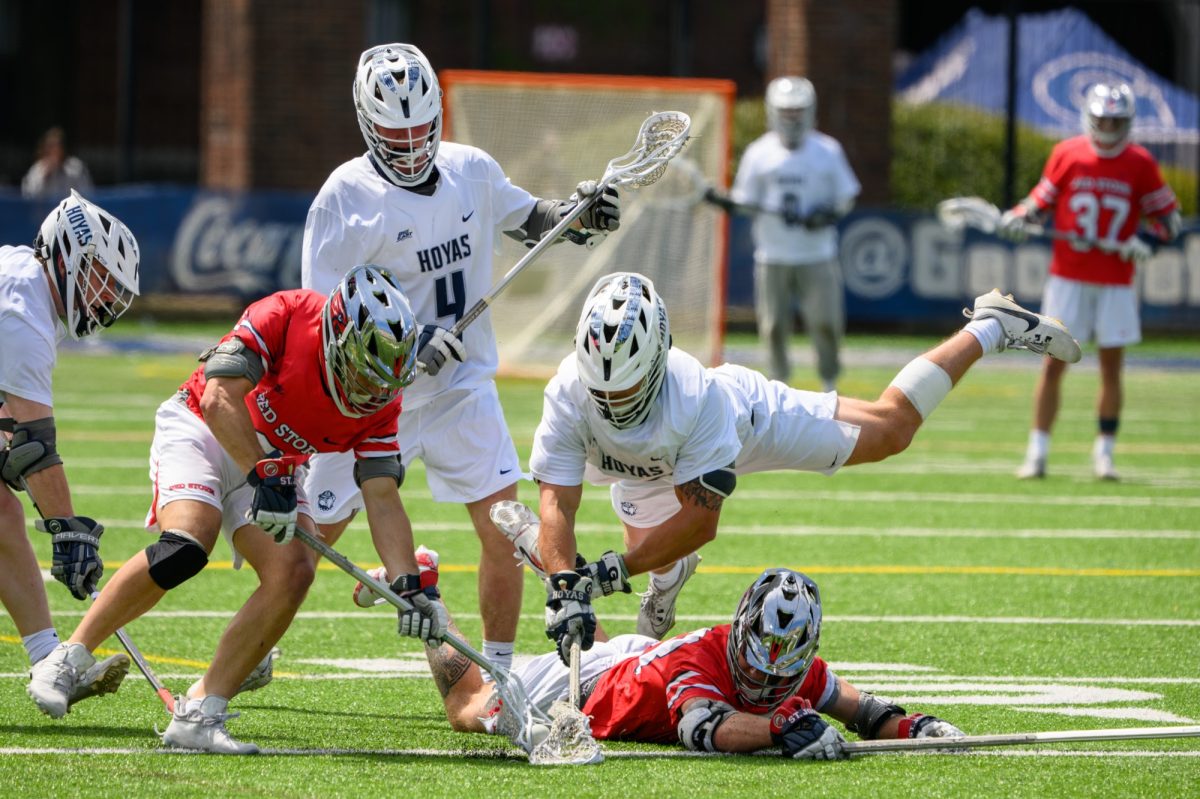The University of Connecticut announced plans to depart from the American Athletic Conference and return to the Big East for the upcoming school year. While the effects for scheduling and rivalries are clear for the Huskies across all sports, the Big East will see the greatest impact in both men’s and women’s basketball.
When universities leave or enter new conferences, all the sports played in that conference — in the Big East, all major sports except football — end up with a different power dynamic than before. This shift can demonstrate the strength of one team, or the addition of a new team can boost the national resumes of conference contenders.
When the Huskies competed in the Big East from 1979 to 2013, the Big East was one of women’s college basketball’s most respected conferences. The Huskies represented the conference on the national stage to the tune of eight national championships since 1995. When the AAC was created in 2013, the conference gained repute after the Huskies joined and dominated. In the AAC, UConn won three national titles without losing a regular-season game or conference tournament.
Without UConn feasting on weak competition, AAC women’s basketball will now enter an era in which more teams have a real chance to compete in the conference regular season and tournament championships. The Huskies’ long-awaited return to the Big East will greatly tip the scales of competition away from schools like DePaul University and St. John’s University that have built strong programs and regularly competed for Big East titles since UConn left.
Without UConn, Big East women’s basketball has fallen off the radar over the past seven years. Not a single Big East team has reached the Final Four, and the conference’s reputation is in shambles as it lacks a strong team at the national level. Meanwhile, the Huskies compete on the national stage year in and year out under Head Coach Geno Auriemma. This hot streak will likely continue, as Auriemma’s program consistently outplays anyone in the Big East and arguably the country. The Huskies should not really care who they play in women’s basketball as long as they have a legitimate Division I schedule.
For men’s basketball, the Huskies have faced greater competition in the AAC from schools such as the University of Houston and the University of Cincinnati. Adding another team to the mix in an already crowded Big East conference will extend regular-season conference play to 20 games from 18 without UConn. The added games will potentially help bolster the tournament resumes of the conference’s contenders.
Historically, UConn’s men’s basketball program is arguably stronger than anyone else’s in the Big East. The team has produced great NBA players such as Ray Allen, Richard Hamilton and Kemba Walker as well as four national championships. The Huskies’ most recent national championship was in 2014 in the AAC, far more recent than the latest national championship by any Big East school other than Villanova University.
The Big East, which could have gotten seven or eight teams into March Madness had there been a tournament this year, will continue to be well-represented at the national level come March 2021. Each team will now have two more games against schools that should remain among the top 80 in the nation throughout the season, with these high-level matchups each being good for teams’ March Madness prospects as the benefit of an additional win outweighs the harm of an additional loss to a team’s postseason hopes.
Two more opportunities for what the committee sees as high-tier wins each year will only increase the likelihood of each Big East men’s basketball team making March Madness and being seeded higher when they do.
UConn men’s basketball fit in the middle of the AAC during their Big East exile, and the team should find itself in similar standing in the Big East this upcoming year.
While UConn men’s and women’s basketball will have new opponents and rekindle old rivalries, their postseason prospects will remain unchanged as they adapt to the new normal in the Big East.
Jake Wexelblatt is a rising junior in the College. Finding Fallacies appears online every other week.
















Bud • Jun 12, 2020 at 11:41 am
Yahoo sports has UConn in the top 30 for this year. There might be a chance that they will be more than mid-pack Big East.